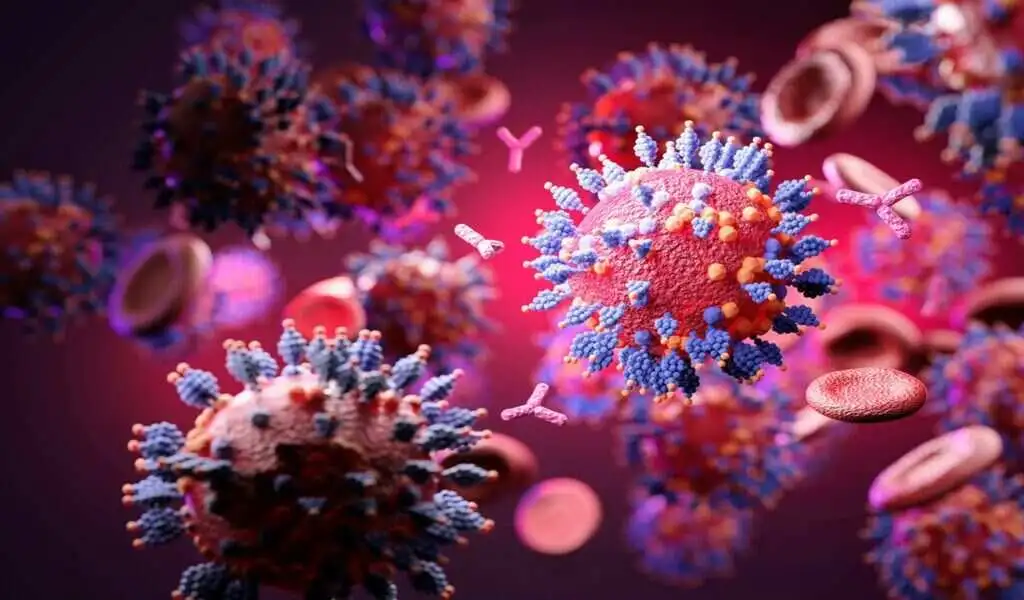(CTN News) – As scientists learn more about how COVID-19 infects cells, they may be able to explain why Coronaviruses can jump from species to species so easily and better predict how COVID-19 will evolve.
COVID-19 is thought to infiltrate human cells by hijacking a protein called ACE2 found on the surface of human cells. The School of Medicine’s new research reveals that ACE2 is not required for infection. As a result, the virus has other means of infecting cells.
According to this versatility, Coronaviruses may utilize multiple “doors” to enter cells, explaining how they are so effective at infecting a variety of organisms.
ACE2 serves as the front door for the virus that causes COVID-19 to infect cells, but researchers at UVA’s Departments of Molecular Physiology and Biomedical Engineering have found that if the front door is blocked, the virus can also infect cells through the back door or windows.
In other words, the virus can spread as it infects a new species until it adapts to the front door of that species. Therefore, we must be alert to new viruses that infect humans in the same way.”
An understanding of COVID-19
Globally, COVID-19 has caused the death of almost 7 million people. Fortunately, vaccines and population immunity have made the virus no longer an issue for most people (though it remains a concern for groups such as the elderly and immunocompromised).
After the United States’ official Public Health Emergency expired in May, most Americans have returned to lives similar to those they had before the pandemic began in 2019.
Nevertheless, COVID-19 continues to evolve and change, and scientists are keeping a close eye on it in order to take immediate action if an even more dangerous variant emerges.
Additionally, they continue to monitor other Coronaviruses for the possibility that they might jump to humans and pose a serious threat to public health.
For this purpose, Kasson and his team sought to understand how SARS-CoV-2, the virus responsible for COVID-19, can enter human cells.
According to scientists, the virus binds to the ACE2 proteins to essentially knock on the cell’s door. On the surfaces of the cells lining the nose and lungs, these proteins are abundant.
It is also possible for SARS-CoV-2 to bind to other proteins. Can it use those other proteins to infiltrate cells, the scientists wondered? Yes, the answer is yes.
Although ACE-2 was the most efficient route, it was not the only one. Consequently, it indicates that ACE-2 receptors are not required for the virus to bind and infect cells.
It may help explain why Coronaviruses are so adept at hopping between species, Kasson suggests. The importance of keeping a close eye on them increases as a result, he notes.
He noted that Coronaviruses such as SARS-CoV-2 have already caused one pandemic and several near-misses. We need to learn how they spread and what to do to prevent them from spreading.”
SEE ALSO:
Why Are Women Less Likely To Survive Cardiac Arrest Than Men?






